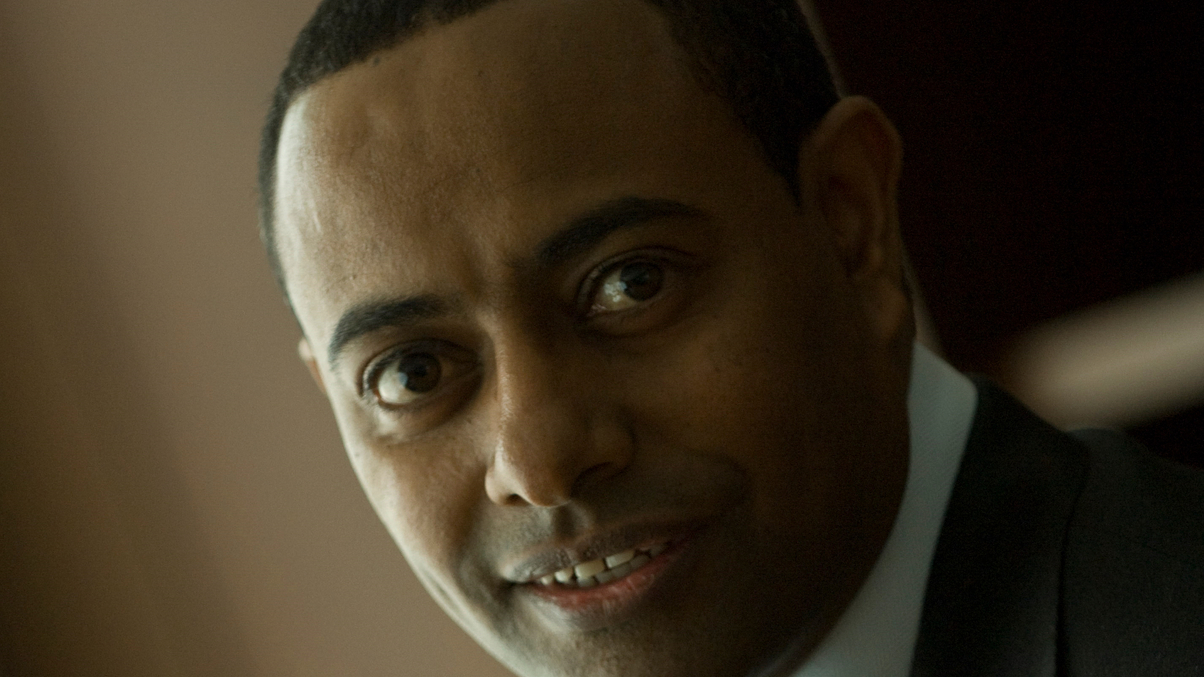Private banks reveal manager selection process
Wealth managers outline their priorities for selecting third-party products, with fund performance just one part of a rigorous process.

Track record is just one criteria wealth managers weigh up in terms of third-party fund selection. They also prioritise fund size, institutional stability, manager experience and product demand.
Sign in to read on!
Registered users get 2 free articles in 30 days.
Subscribers have full unlimited access to AsianInvestor
Not signed up? New users get 2 free articles per month, plus a 7-day unlimited free trial.
¬ Haymarket Media Limited. All rights reserved.


